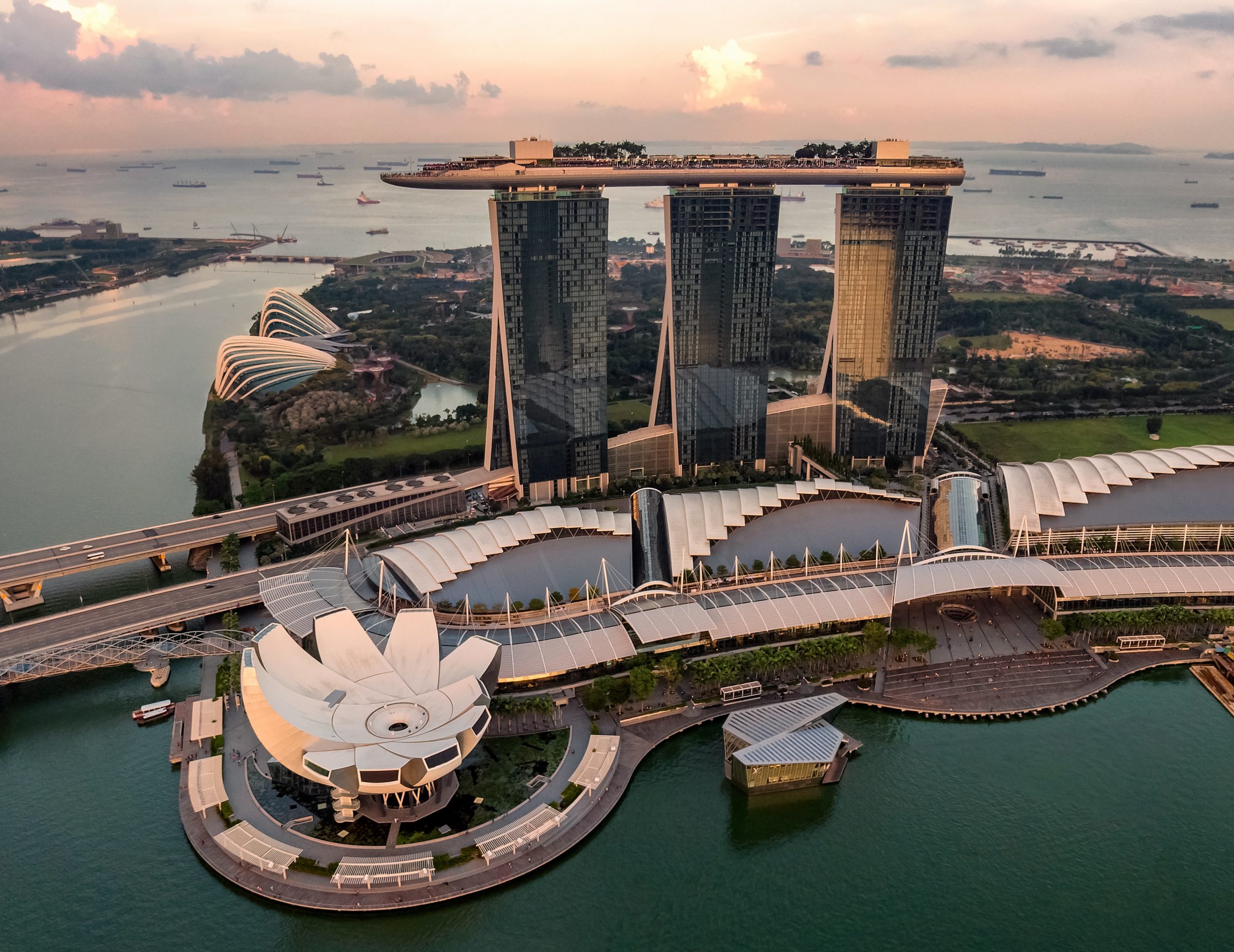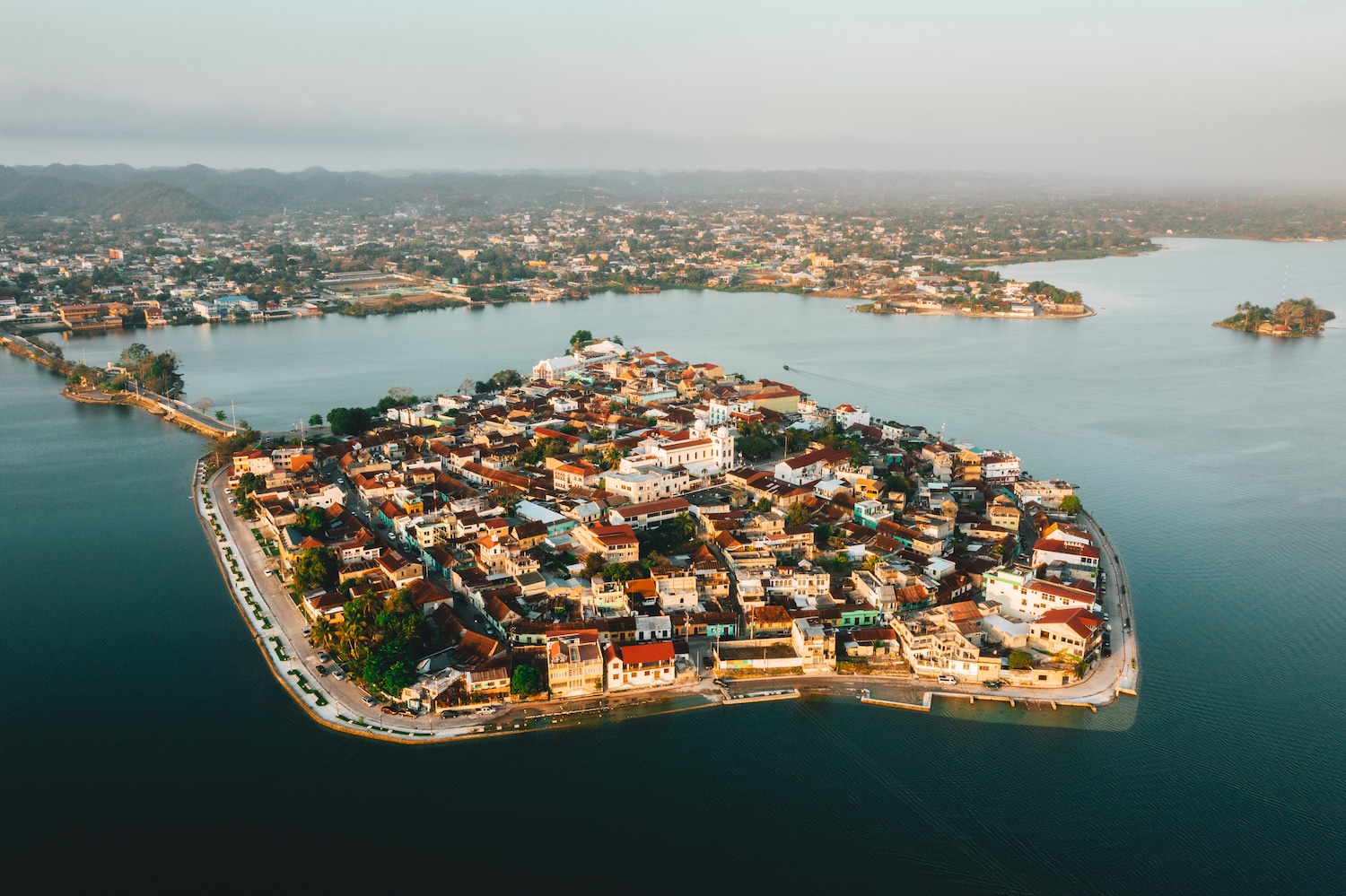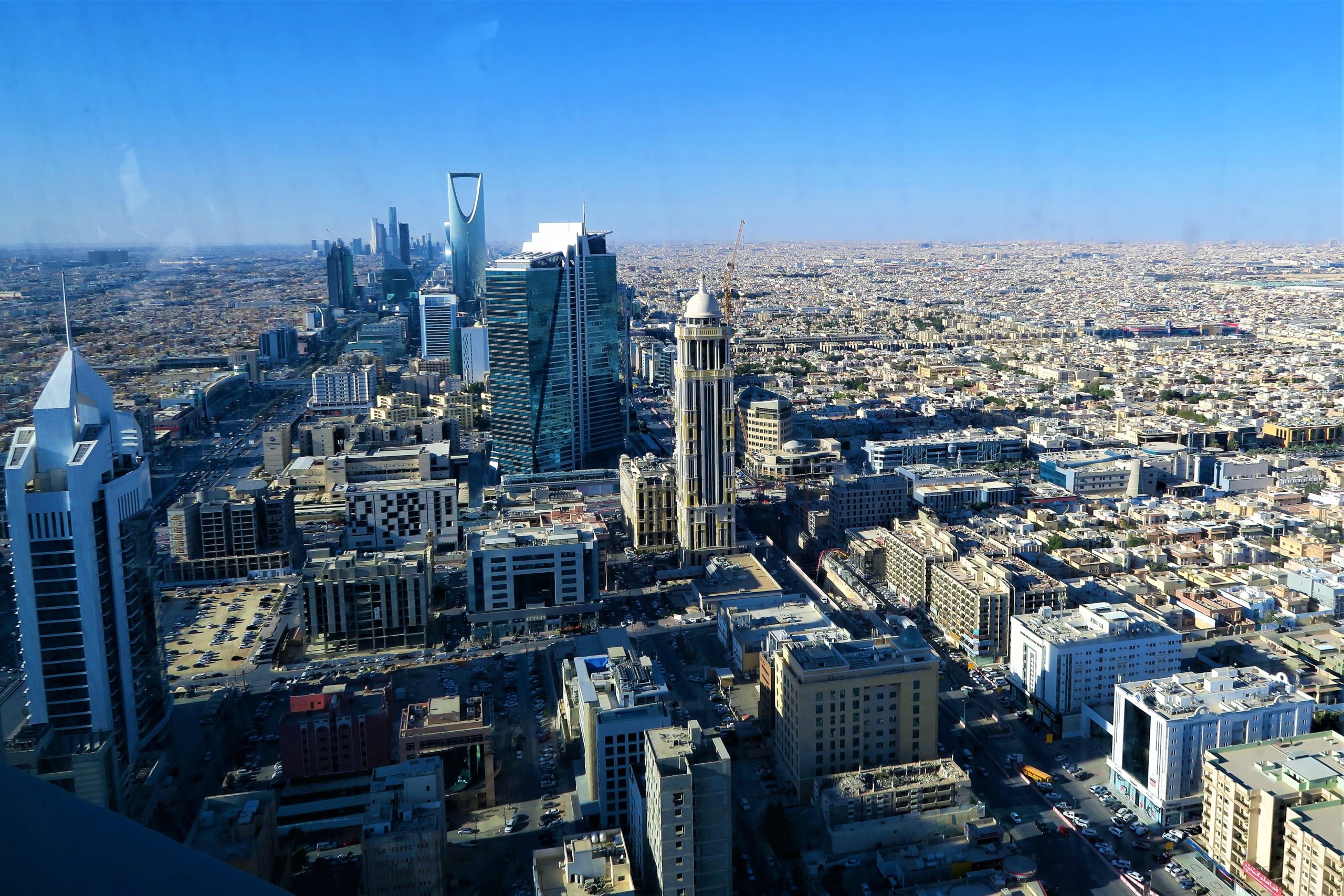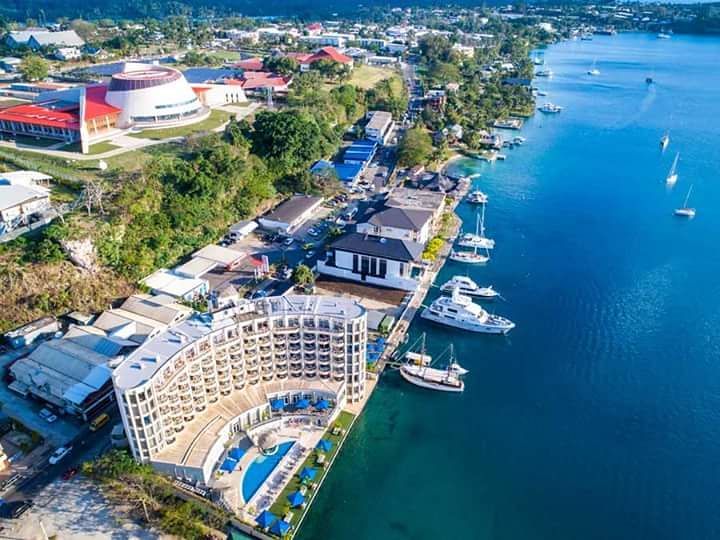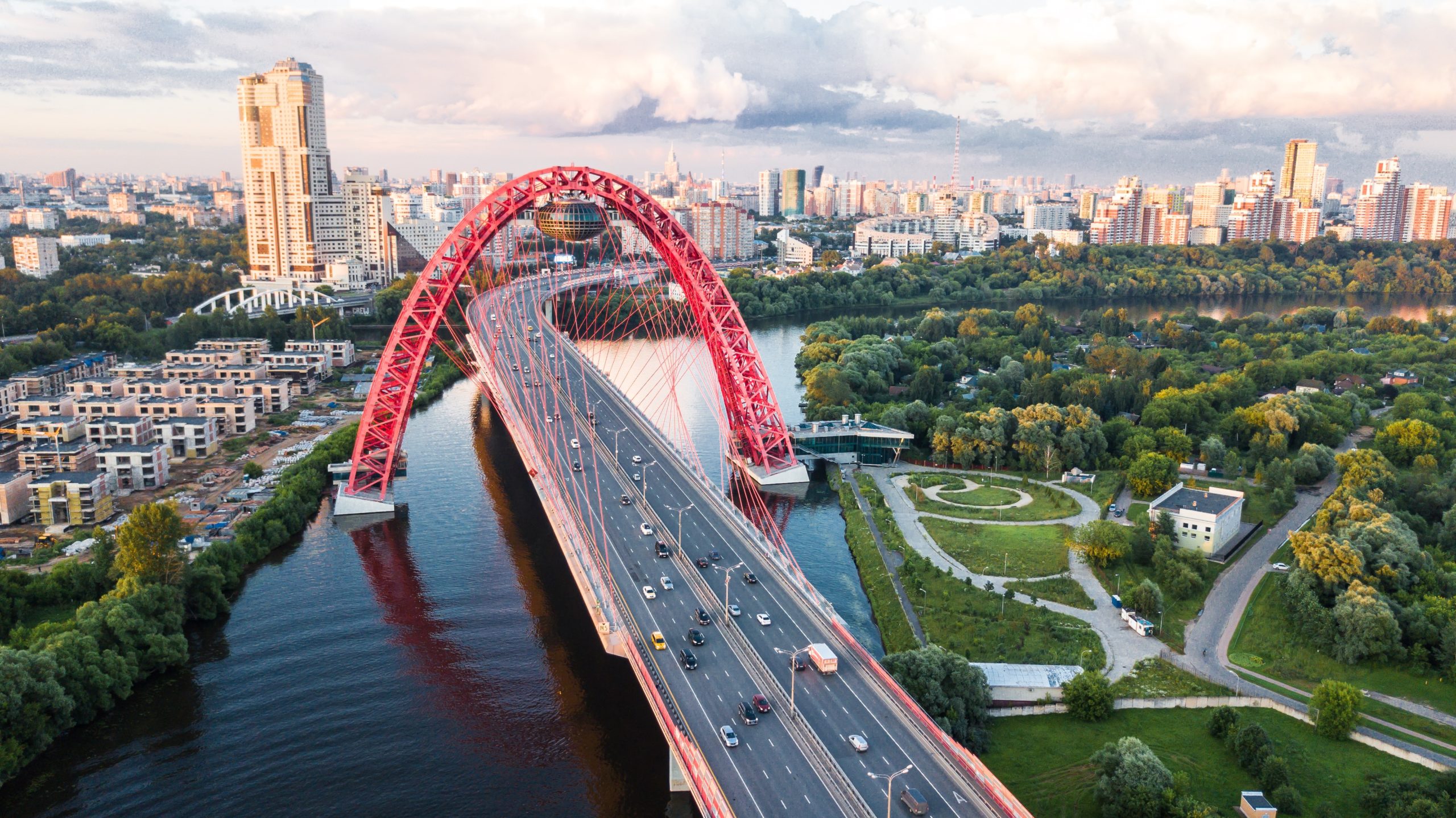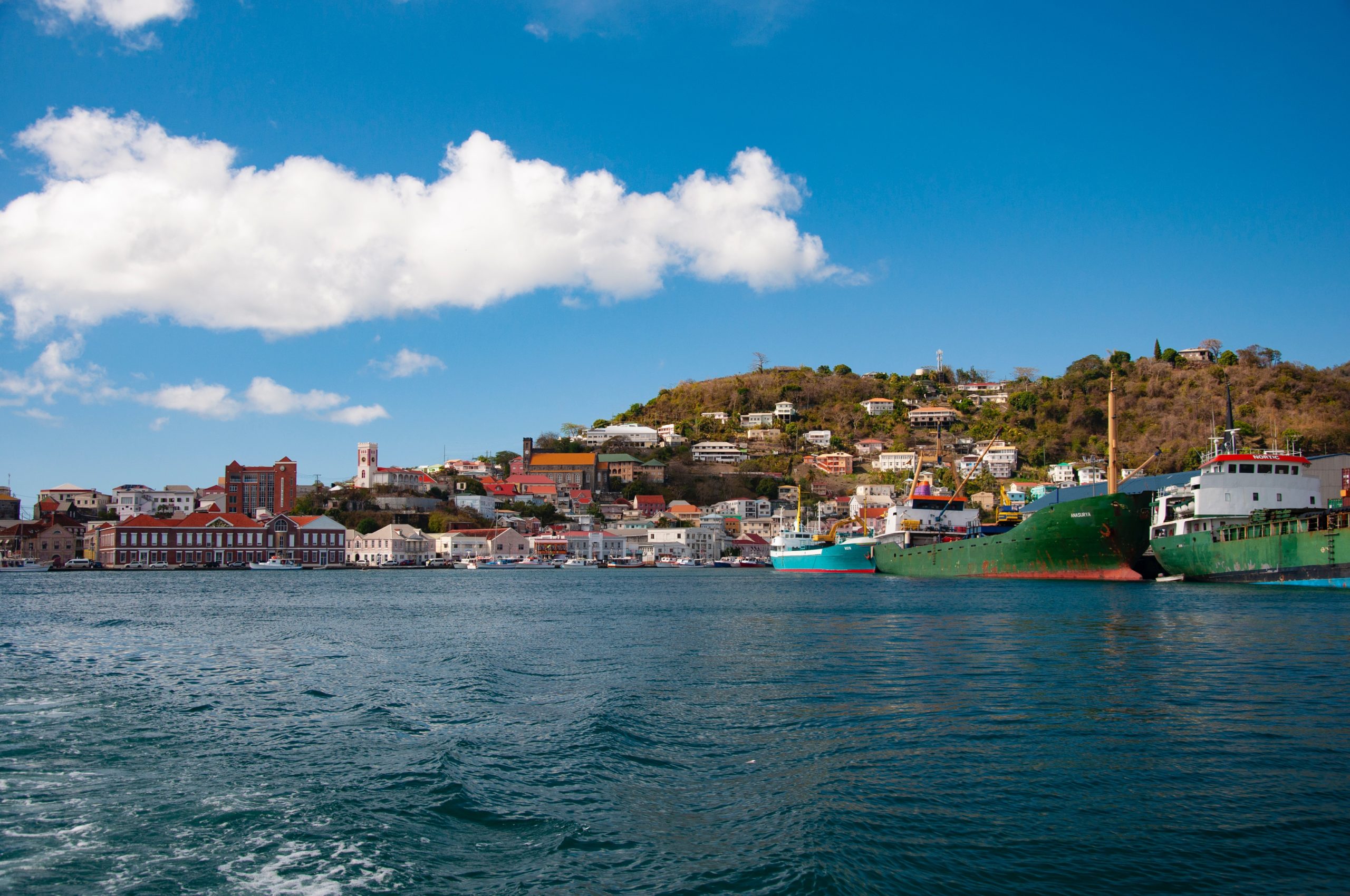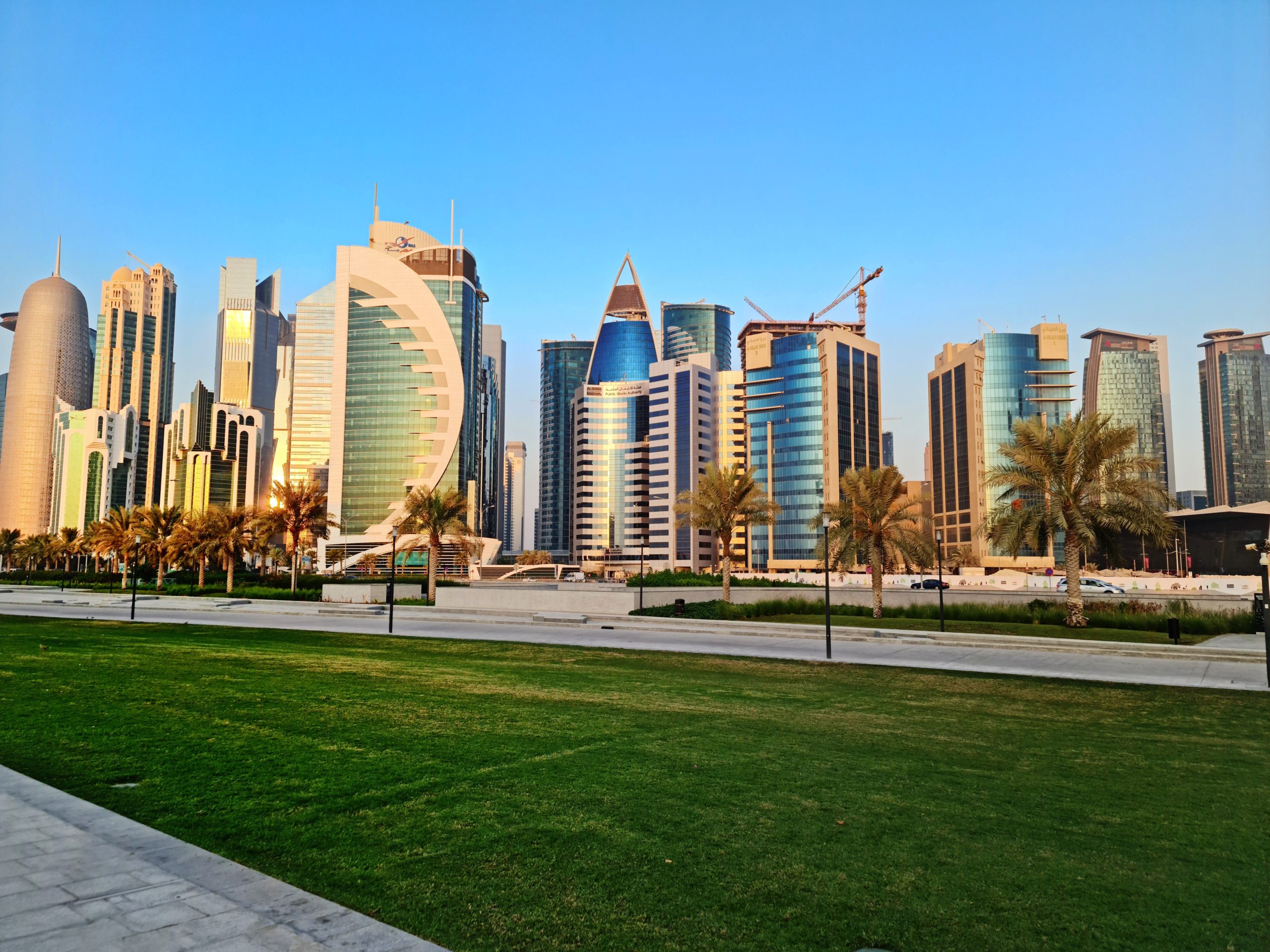Between the European nations of Estonia and Lithuania is Latvia. The European Union, the World Trade Organization (WTO), the Organization for Economic Cooperation and Development (OECD), and the United Nations all include Latvia as a member. Due to its proximity to the Baltic Sea, it is also considered one of the Baltic States.
The 2008 financial crisis had a significant impact on Latvia, as it did on the majority of nations in the world. However, the government committed to maintaining rigorous budgetary restraint and paying off the debts of its foreign creditors, which helped the economy recover by 2011–2013. Currently, Latvia’s economy is based on four pillars:
- Agriculture
- Chemicals
- Logistics
- Woodworking
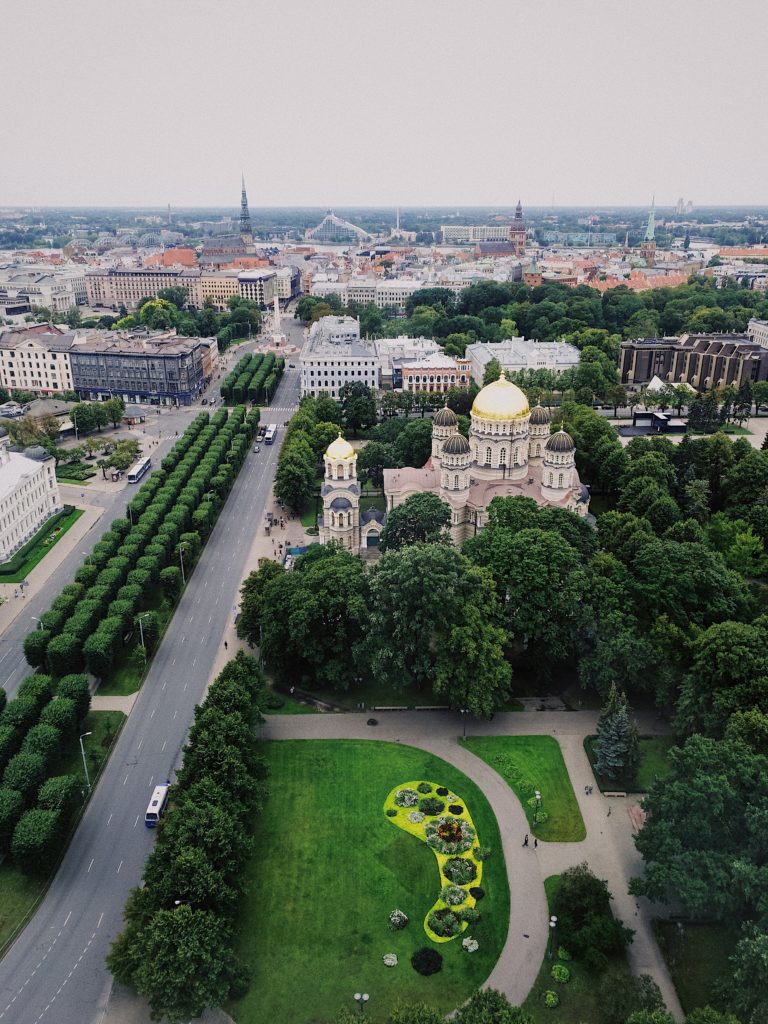
Industry sector
Latvia was among the first nations to industrialize, much like Germany. Textiles, processed wood products, processed foods, chemicals, metalworking, and machine building are some of its main industries. Both small and large devices, including radios, buses, washing machines, and railroad carriages, are built in Latvia. A significant portion of exports comes from the chemical sector. The sector depends on highly skilled and educated people resources who have over the years made important medical discoveries. Biocosmetics and eco-friendly cosmetics are among the manufactured goods. The chemical sector may eventually be impacted by the fall in demand for textiles and detergents.
Agriculture sector
The Latvian agriculture sector prospers as a result of the country’s temperate climate and rich soil. Grain, potato, and fodder crops make up one-third of all cultivated crops. Additionally, honey and high-quality dairy products are among the sector’s exports with a high added value. Despite making up only 3.9% of Latvia’s economy, the agriculture sector employs around 8% of the workforce there. The Latvian government opposes biotechnology in agricultural activities. Instead, it supports organic farming, which encourages the development of long-term agricultural methods. As a result, Latvia has one of the highest percentages of land used for organic farming among EU members. In 2015, the country’s agricultural land area was estimated to be 1.9 million hectares or 30% of the total land area. Arable land made up 65% of the total area utilized for agriculture, while permanent crops took up 0.3% and pastures and meadows made up 35%.
Transportation and telecommunications
Freight transport is possible all year long in Latvia thanks to its advantageous geographic location and temperate climate. There are several minor ports along the coast, as well as major ports at Riga, Ventspils, and Liepaja. Freight from Latvia’s interior may easily travel over an east-west railway corridor to the country’s major ports. In Riga, there is an international airport.
Partially nationalized in Latvia is the telecommunications industry. The number of Internet users rapidly rose between the late 1990s and the middle of the 2000s, but it is still slightly below the average for the European Union. In Latvia, cellular phone use outpaces fixed-line phone use by a wide margin.
Services sector
Around one-fifth of Latvia’s workforce was employed in the service industry at the beginning twenty-first century, which also contributed the most to the country’s GDP. A modest portion of Latvia’s GDP was derived from its tourist infrastructure, which was essentially nonexistent in the early 1990s. The country’s scenic castles and monasteries, coastline, lakes, and the medieval center of Riga, which was named a UNESCO World Heritage site in 1997, are among its top tourist attractions. Although the quality of tourist accommodations improved in the early 2000s, Latvia’s infrastructure was still insufficient to handle an increase in tourists.
Finance
During the Soviet era, Latvia utilized the Russian ruble as its currency; however, by 1993, it had switched to the lats. Latvia made the euro its official currency on January 1, 2014. The hub of the banking system is the Central Bank of the Republic of Latvia. In Riga, there is a stock exchange. About one-third of GDP in the middle of the first decade of the 2000s was made up of foreign direct investment, the majority of which came from other EU nations.
